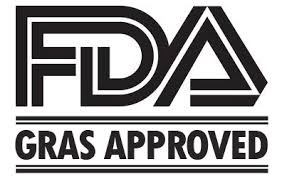The explosion of new food additives coupled with an easing of oversight requirements is allowing manufacturers to avoid the scrutiny of the Food and Drug Administration, which is responsible for ensuring the safety of chemicals streaming into the food supply.
 And in hundreds of cases, the FDA doesn’t even know of the existence of new additives, which can include chemical preservatives, flavorings and thickening agents, records and interviews show.
And in hundreds of cases, the FDA doesn’t even know of the existence of new additives, which can include chemical preservatives, flavorings and thickening agents, records and interviews show.
“We simply do not have the information to vouch for the safety of many of these chemicals,” said Michael Taylor, the FDA’s deputy commissioner for food.
The FDA has received thousands of consumer complaints about additives in recent years, saying certain substances seem to trigger asthmatic attacks, serious bouts of vomiting, intestinal-tract disorders and other health problems.
At a pace far faster than in previous years, companies are adding secret ingredients to everything from energy drinks to granola bars. But the more widespread concern among food-safety advocates and some federal regulators is the quickening trend of companies opting for an expedited certification process to a degree never intended when it was established 17 years ago to, in part, help businesses.
A voluntary certification system has nearly replaced one that relied on a more formal, time-consuming review — where the FDA, rather than companies, made the final determination on what is safe. The result is that consumers have little way of being certain that the food products they buy won’t harm them.
“We aren’t saying we have a public health crisis,” Taylor said. “But we do have questions about whether we can do what people expect of us.”
